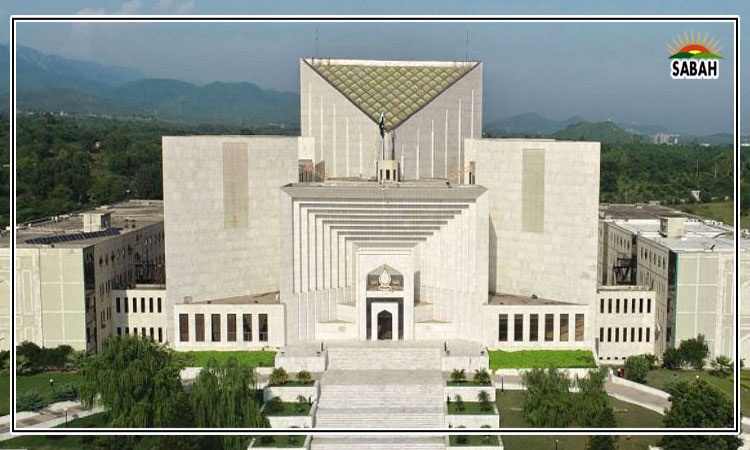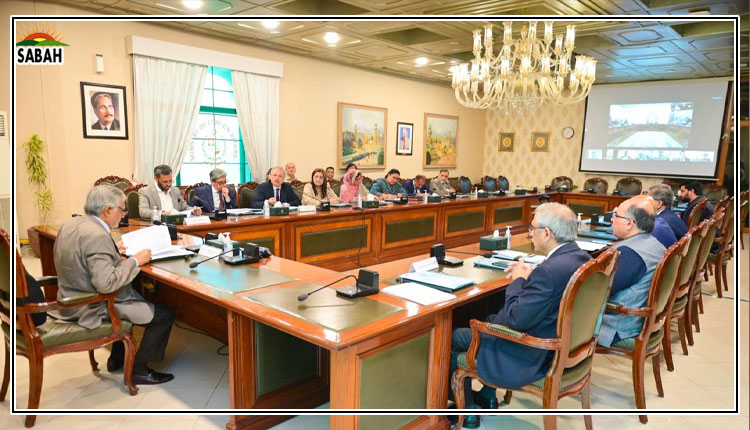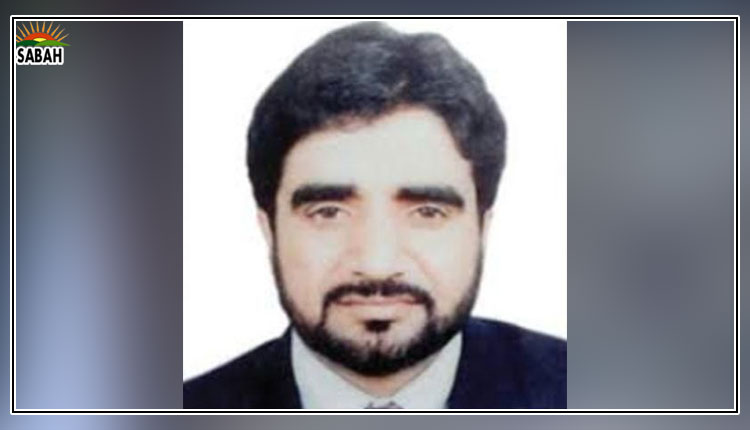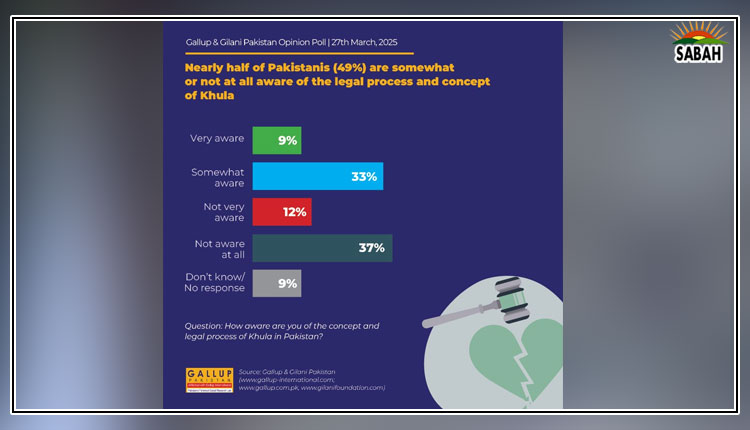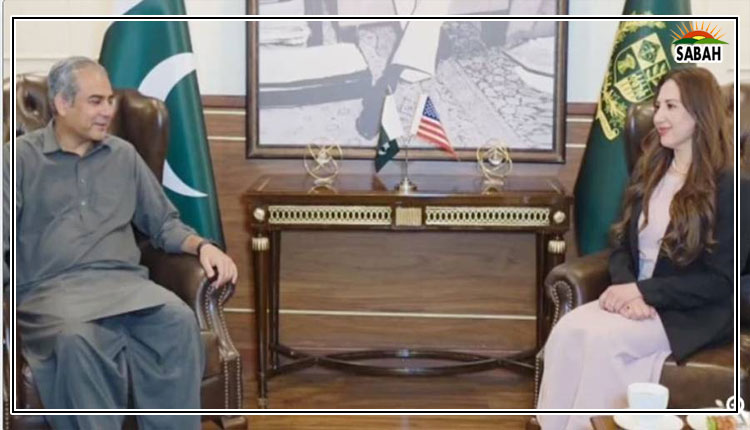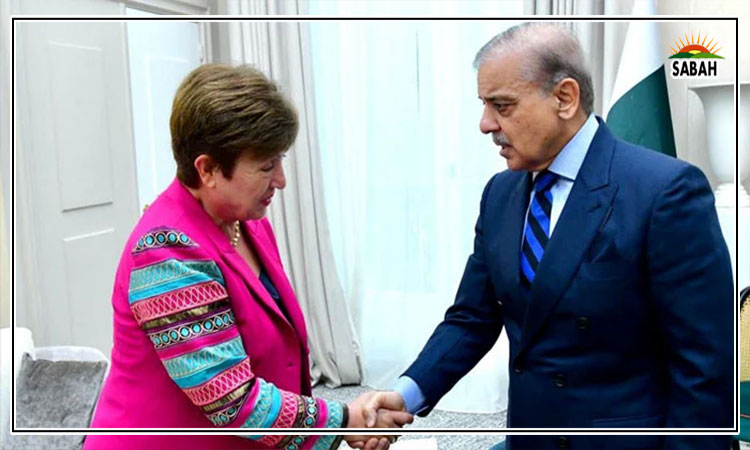Deal done: what now? …. Irfan Ahmad Chatha
As of September 26, the world owed the IMF $151.13 billion. Pakistan, being the fifth largest debtor of the IMF, owed $8.34 billion which will soon increase to $9.44 billion as the first tranche of $1.1 billion under the 25th IMF-Pakistan programme ($7 billion Extended Fund Facility for 37 months) has been received.
Securing IMF bailouts is a familiar process for our public finance managers. A brief primer for general readers: the process begins when a country, in the throes of economic instability – mainly characterized by a balance of payments crisis – requests IMF assistance. For Pakistan, the pattern has remained familiar: a financial crisis necessitates the intervention, followed by negotiations over policy reforms, targets, and benchmarks.
The IMF’s financial assistance does not come without conditions, and the funds are released in tranches based on compliance with the agreed-upon reforms. Like other debtors, in Pakistan’s case as well, the expectation of regular IMF reviews serves as a constant reminder that failure to adhere to these conditions could result in the suspension of financial support.
Looking at Pakistan’s last three IMF programmes, a clear picture emerges. The 2013 Extended Fund Facility (EFF) aimed at macroeconomic stabilization, growth, and structural reforms. Key targets included reducing the fiscal deficit, bringing inflation under control, and increasing central bank reserves. However, the results were mixed. The targets for growth were not fully achieved, but there were successes in fiscal consolidation and trade reforms.
The 2019 EFF echoed similar themes but introduced bolder reforms. Fiscal consolidation was a key priority, alongside expanding social safety nets and improving governance in state-owned enterprises (SOEs). Crucially, the energy sector reforms attempted to depoliticize tariffs and eliminate quasi-fiscal losses. However, the Covid-19 pandemic interrupted the programme’s execution, with the challenges of maintaining growth and controlling inflation proving particularly difficult.
Fast forward to 2023, and Pakistan’s IMF agreement came in the form of a Stand-By Arrangement (SBA). This $3 billion programme, spread over nine months, focused on fiscal adjustment and exchange rate reforms. The conditions were particularly stringent as Pakistan sought to stabilize a quickly deteriorating economic situation. The emphasis was on restoring market confidence and addressing inflation through tight monetary policies.
The formal Letter of Intent for the newly approved EFF is yet to be made public. However, the outline of mutually agreed reforms was communicated by a Staff Level Agreement in July. Fiscal consolidation is at the heart of new programme. The government is likely to broaden the tax base and remove exemptions, while protecting the vulnerable through targeted social safety nets.
The finance ministry’s target is to increase Pakistan’s tax-to-GDP ratio from 9.0 per cent to 13 per cent, a substantial leap that will likely involve increasing direct and indirect taxes, strict enforcement measures, and structural shifts in the tax base. This is evident through the recent measures introduced by the FBR, including a strong campaign for motivating taxpayers to file returns and abandonment of the distinction between filers and non-filers.
The under-taxed sectors are expected to be noosed. Historically, sectors like real estate, agriculture, and retail have enjoyed various exemptions or have been significantly under-taxed. Closing these loopholes will be crucial for boosting revenues, but this is also likely to face pushback from powerful interest groups that have long benefited from these exemptions.
At the same time, the IMF deal emphasizes the need to increase resources for critical development and social spending, particularly in health and education. However, this will largely be the responsibility of provincial governments, as federal spending on these sectors is expected to be reduced. This decentralization of fiscal responsibility raises concerns about the capacity of provinces to adequately manage and fund these essential services.
The energy sector has long been a thorn in Pakistan’s economic side, and the IMF’s expectations for reforms are high. Tariffs are expected to be revised regularly to reflect true costs, with a possible end to blanket subsidies. This will likely result in higher costs for consumers but is seen as necessary to reduce the fiscal burden of circular debt. One also expects that the privatization of government-owned distribution companies (DISCOs) and generation companies (GENCOs) may also be on the table in coming years.
The IMF’s emphasis on promoting private sector dynamism includes improving the business environment, leveling the playing field for all businesses, and reducing state distortions. The digitalization of the Federal Board of Revenue (FBR) and streamlining trade barriers are expected to play a significant role here. Additionally, advancing privatization efforts, particularly of SOEs like Pakistan International Airlines (PIA), remains a high priority. Bidding for PIA is set to take place in October.
The deal also focuses on strengthening transparency and governance around the Pakistan Sovereign Wealth Fund (PSWF), ensuring that it operates with a clear investment mandate. This move is expected to enhance investor confidence and ensure that the country’s wealth is managed effectively for future generations.
The agricultural sector will also see a shift, as the IMF pushes for the phasing out of agricultural support prices and subsidies on inputs like fertilizers and seeds. Support prices have historically been a lifeline for farmers, but how the public procurement of wheat was averted in Rabi 2024 by national and sub-national departments does give an impression that farmers are going to be left at the disposal of markets in future.
Monetary policy under the new IMF programme will remain anchored to inflation, while ensuring that real interest rates remain positive. The State Bank of Pakistan (SBP) will continue to maintain a flexible exchange rate and improve the functioning of the foreign exchange market through structured measures. This is critical for absorbing external shocks and eliminating the chronic shortages of foreign exchange that plague the country.
Financial sector reforms will also be a priority, particularly in addressing undercapitalized banks. Such banks are expected to either raise capital or merge with stronger institutions to build a more resilient financial system. Additionally, efforts to expand credit access for small and medium-sized enterprises (SMEs) will play a key role in stimulating economic activity and creating jobs.
The role of bilateral partners was crucial in getting the IMF bailout for the 25th time. One conditionality of the programme that will test our diplomatic strength is the phasing out of incentives to Special Economic Zones. This can be an area of concern for our northeastern neighbour as well as local industry. Although the industries in SEZs benefit from agglomeration economies, what makes any SEZ ‘special’ is the incentives.
Similarly, the ‘specialty’ of the Special Investment Facilitation Council may also be undermined because the Pakistani authorities agreed towards “refraining from new regulatory or tax-based incentives, or any guaranteed return that could distort the investment landscape, including for projects channeled through the Special Investment Facilitation Council” at the Staff Level Agreement stage back in July.
While the IMF deal provides a blueprint for economic stabilization, its social and political implications cannot be ignored. The removal of subsidies, increased taxes, and privatization efforts are likely to face strong public opposition, particularly from those who stand to lose the most. The government will need to carefully manage this transition, ensuring that the most vulnerable are protected through social safety nets and targeted subsidies.
The thematic areas of conditionalities and reforms under the new programme are not significantly different from the earlier programmes. However, one key difference lies in the transfer of ownership of reforms. The IMF’s MD has “congratulate[d] the government of Pakistan and the people of Pakistan for moving forward with home-defined and Pakistan-owned reforms”. Whether the reforms are truly home-defined and owned will become clear with time – in precisely 37 months.
The writer is an associate
research fellow at the
Sustainable Development
Policy Institute, Islamabad.
Courtesy The News




